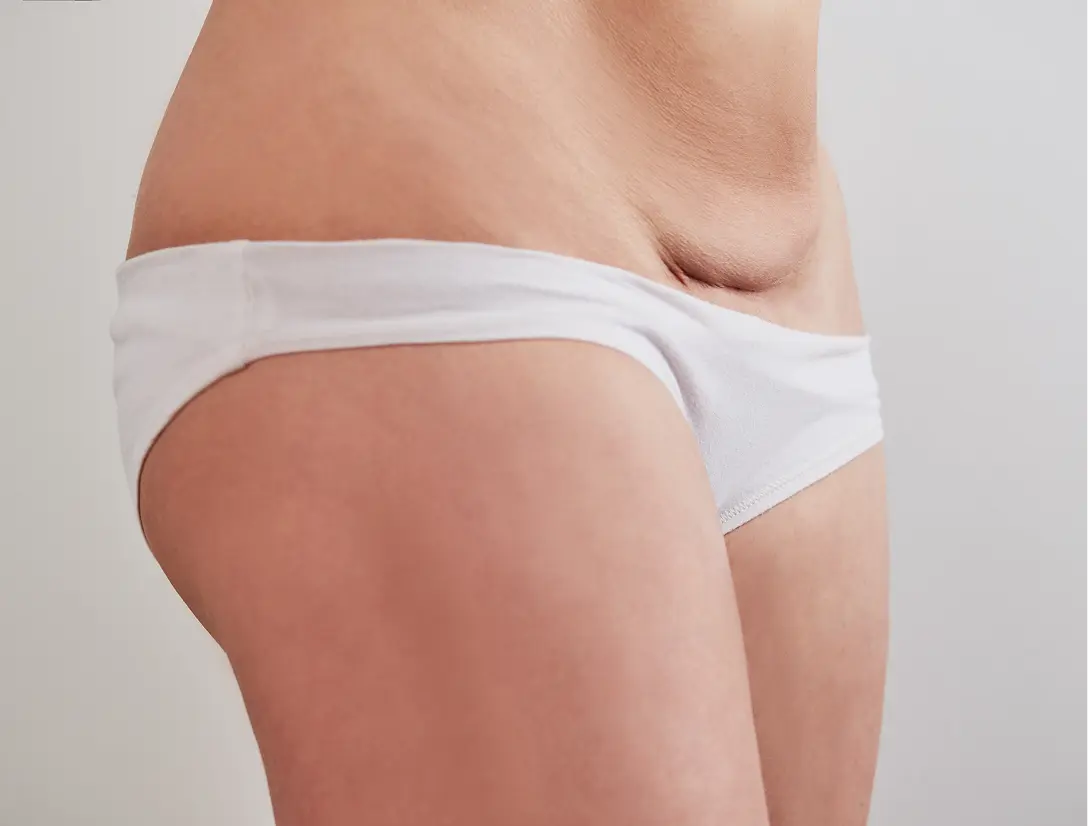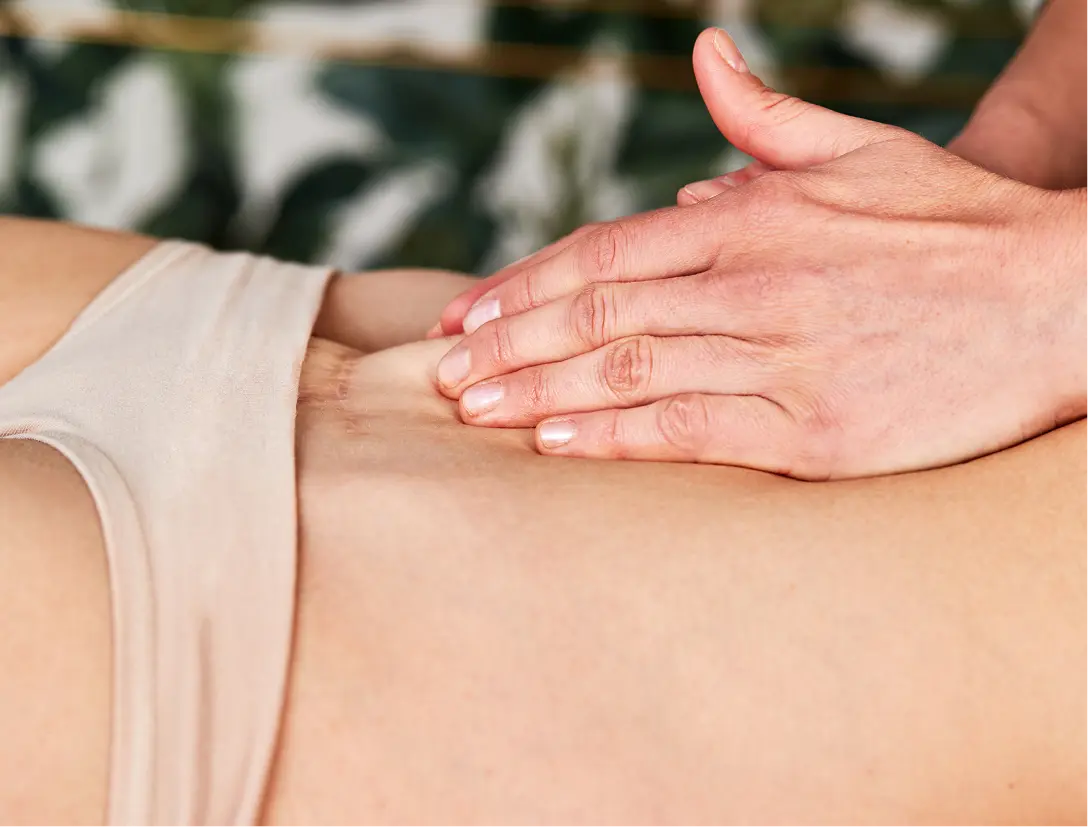Is your scar fully integrated?

Scars tell stories – but sometimes they don’t show up where you expect them to. Many complaints that do not have an obvious cause at first glance can be caused by old surgical scars.
Whether it’s a C-section, abdominal or joint surgery: Deeper adhesions in the tissue can build up tension over time, which can affect the whole body – for example, in the back, pelvis, shoulders or in the temporomandibular joint.
Especially after procedures in the abdominal cavity, in the case of birth injuries or after thyroid and joint operations, many affected people report persistent complaints. Even if the scar has healed after a few weeks, remodeling processes can still take place in the tissue – depending on the stress and movement patterns.
Common complaints – when scars do more than is visible
Adhesions after operations can have far-reaching consequences. They impair mobility, disrupt the flow of energy in the body and lead to complaints that are often not associated with the original scar.
After operations in the abdominal cavity or in the case of birth injuries
- Shortness of breath, restricted abdominal breathing
- Tension in shoulders and neck
- Back pain (lumbar or thoracic spine)
- SI joint blockages, sciatica
- Hip and knee pain
- Stiff pelvis, reduced mobility
- Bladder problems, incontinence
- Digestive problems
- Menstrual pain, PMS
- Pain during sexual intercourse
After procedures in the neck or thorax area
- Thoracic tension
- Neck complaints
- Temporomandibular joint problems, cracking noises
- Restrictions when raising your arm
After joint operations
- Feeling of stiffness in the affected area
- Pulling pain when stressed
- Swelling, lymphatic drainage disorders
- Faster fatigue of the tissue
How change feels – real experiences
Adhesions after operations can have far-reaching consequences. They impair mobility, disrupt the flow of energy in the body and lead to complaints that are often not associated with the original scar.
When is scar therapy useful?
Whether freshly operated on or decades ago – scars can have an impact on the body's balance at any time. The Liedler concept accompanies people in very different phases:
Typical applications with scar
Further focus areas – even without a visible scar

What happens in the treatment?
Gentle, targeted and without pressure – working with scar tissue follows a clear principle: listen, feel, accompany.
The Liedler concept works in deeper layers of tissue and is based on the individual tension patterns in the body.
What causes tension is treated
The treatment is carried out manually – with techniques that do not force the tissue, but rather stimulate self-regulation. Work is carried out both on the surface and in the deeper layers.
The aim is to release adhesions, reduce compensatory postures and enable the body to regain mobility.
Individual support – from day one
The treatment adapts to the respective stage of the scar:
- Before the operation: The body is prepared – for better healing and fewer adhesions
- Immediately after the operation: Early support supports wound healing
- Even years later: Even older scars can cause tension – and be changed
And what about children?
Even in children, scars can cause tension and discomfort in the body – be it after a C-section, an operation or an accident.
In the Children’s Guide, we show in a child-friendly way how scars work, what you can do about them – and how children can playfully get to know their scar.